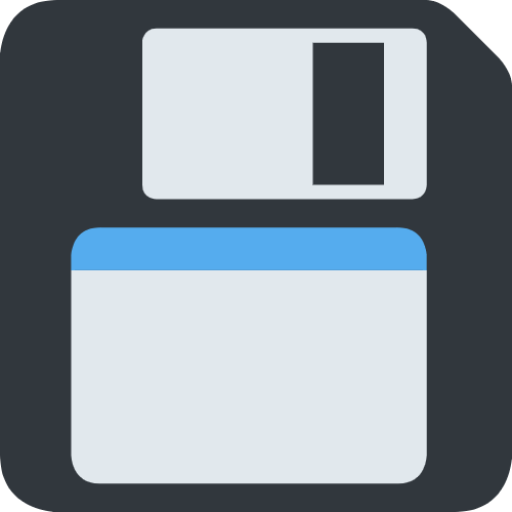
Demystifying Debuggers, Part 2: The Anatomy Of A Running Program
From day one using a modern home computer, users are exposed to the concept of a program. Support for separate programs is, after all, the main value-add of multitasking operating systems. But—if we take a peek under the hood—a program is a high-level term which refers to many lower level mechanisms and concepts, and it isn’t obvious from the outset how they’re all arranged.
To unpack debuggers—programs which analyze the execution of other programs—it’s important that we first unpack the concept of a program, so that we’re familiar with the details of programs that a debugger must contend with.
Programs are the virtualized equivalent of cartridges for an old video game console, like the Nintendo Entertainment System. The NES didn’t have a multitasking operating system, and it only executed a single program while it was turned on—whatever one was stored on the cartridge that the player installed.
In this context, the program executing on the system had full availability to all of the system’s resources. There was no code running of which the program couldn’t be aware.




















